IGCSE DT Plastics & Shaping Plastics
1/27
There's no tags or description
Looks like no tags are added yet.
Name | Mastery | Learn | Test | Matching | Spaced |
|---|
No study sessions yet.
28 Terms
Injection Moulding
Molten plastic is forced into the mould by pressure from a screw thread.
The mould is made in two parts to allow the moulding to be removed.
Initial tooling costs are high and to recoup costs, there is high volume production.
telephones and electrical casing

Press or Compression moulding
Sheet plastic (thermosetting) is placed between a mould made in two halves.
It's used to make electrical fittings
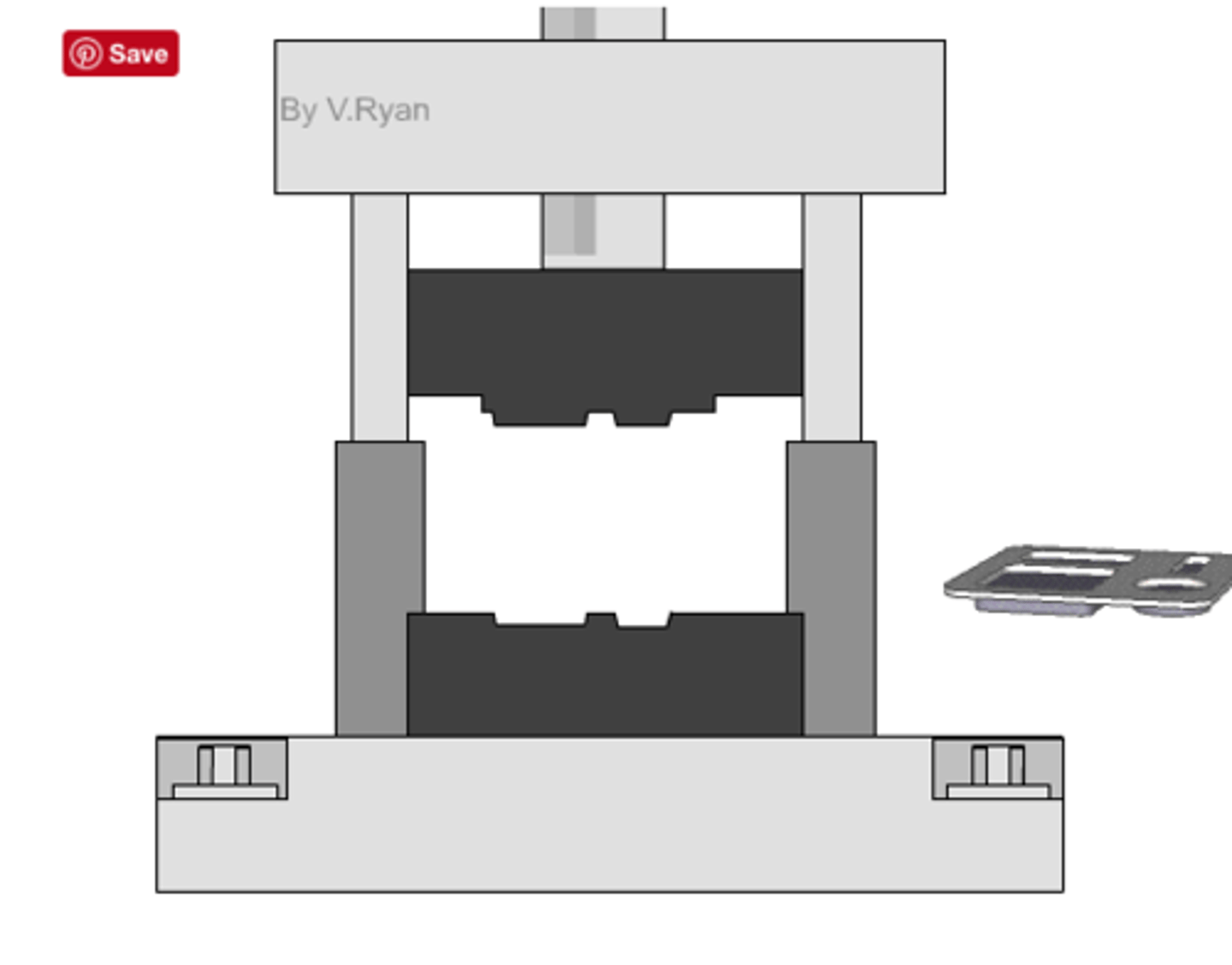
Extrusion
Used to produce long, thin products such as pipes or curtain racks. Molten plastics are forced through a die, forming a long tube like shape.
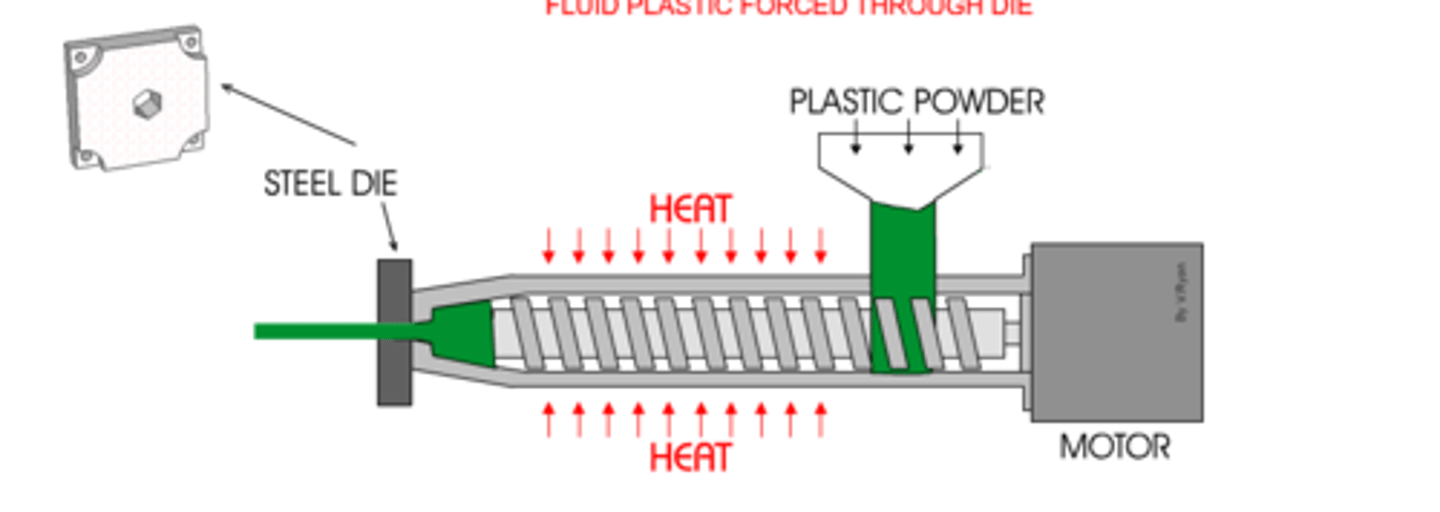
Vacuum forming
Used to heat and mould plastic sheet (High Impact Polystyrene or thin Acrylic) into a variety of hollow forms (e.g. inserts for toy packaging, biscuit or chocolate box trays)
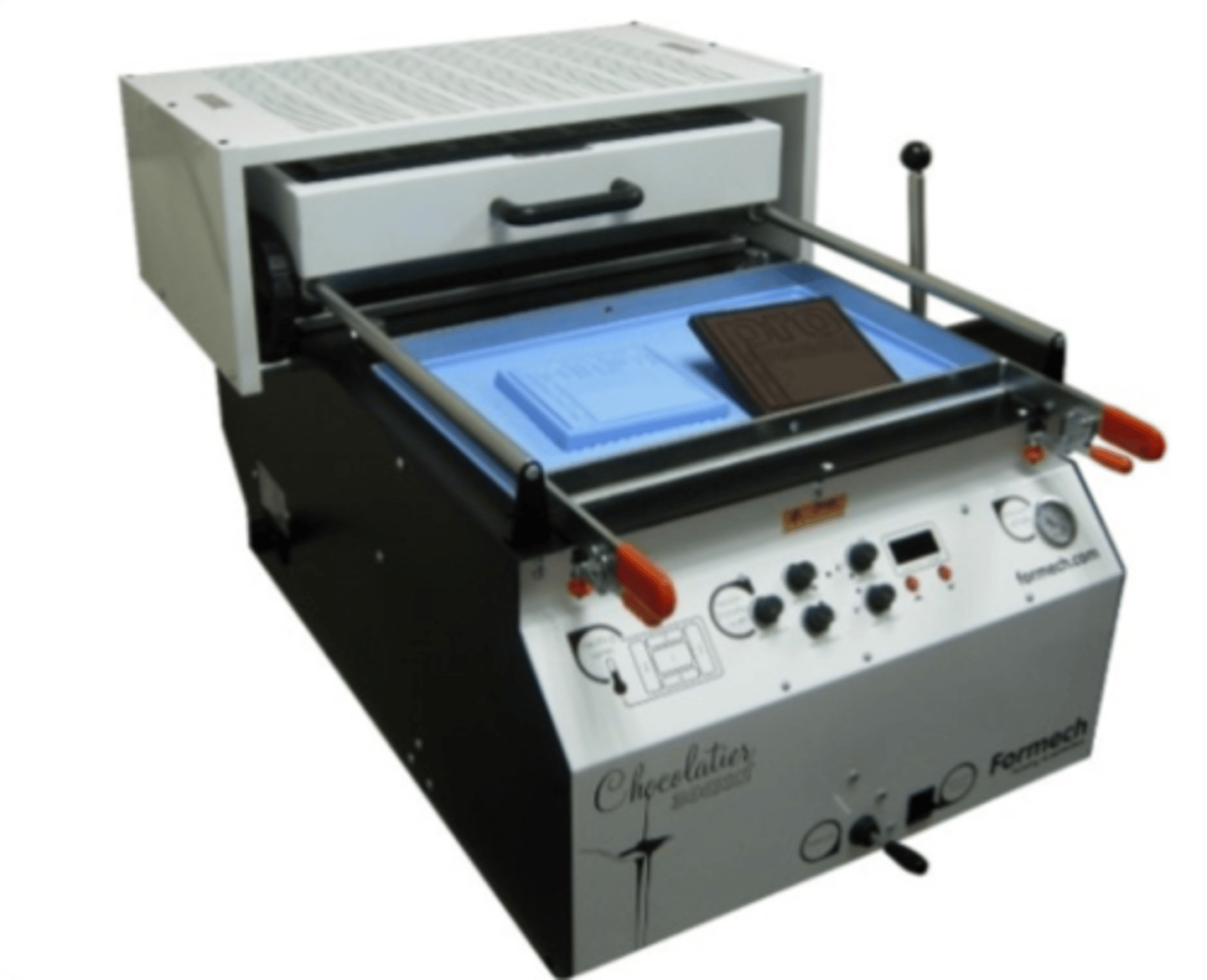
Bending plastics on Strip heater (Line-bending)
Thin plastic sheet (e.g. acrylic) is heated so it can be easily bent along a line
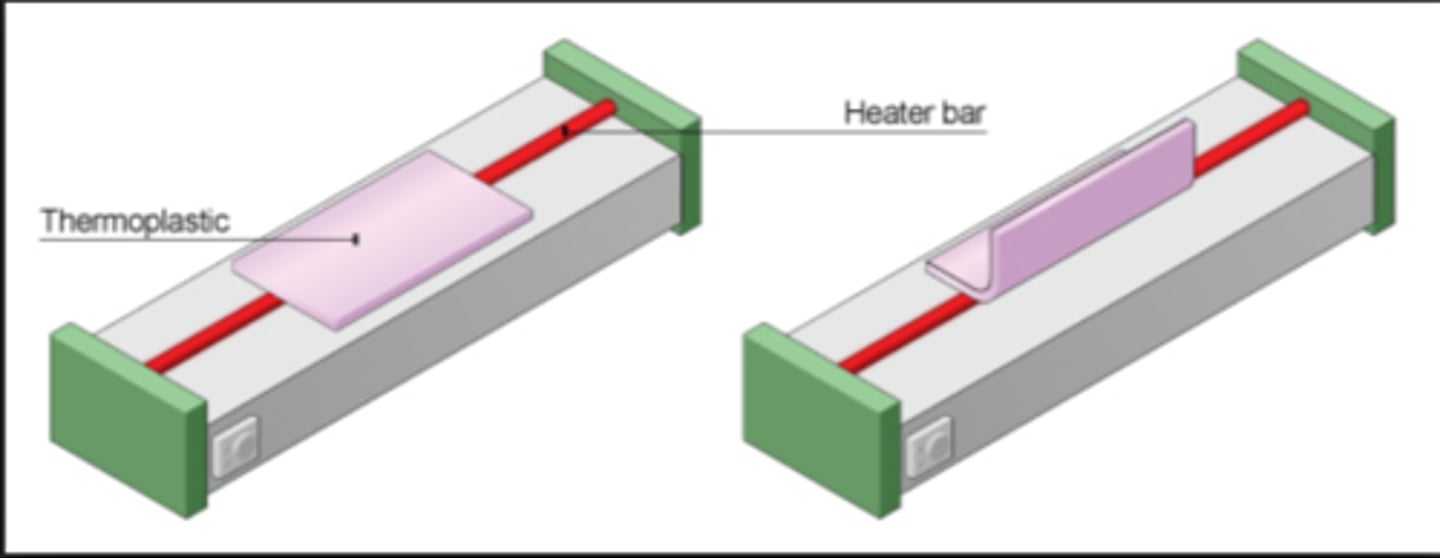
Blow moulding
A tube of softened plastics is extruded into a mould. Air is forced into the mould which forces the plastic to the sides, giving the shape of a bottle.
Bending plastics in oven
Thin acrylic sheets can be heated and bent around moulds to create bends.
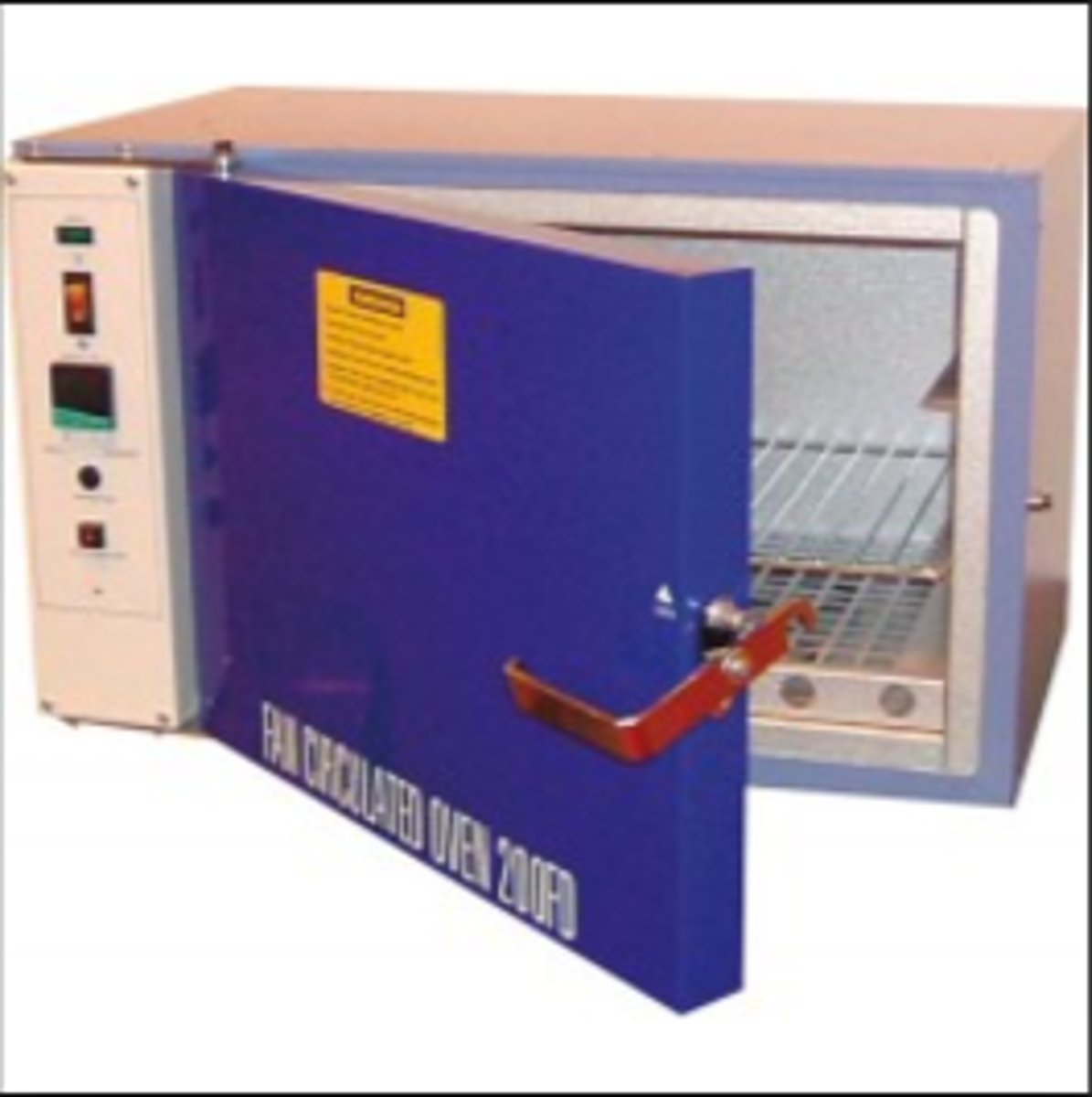
Acrylic (PMMA)
A thermoplastic. Come is sheet form and in a range of colours. It can be translucent (e.g. smoked), transparent or opaque. It is resistant to most acids and weather conditions. Used for bathroom furniture/products. It's self finishing.
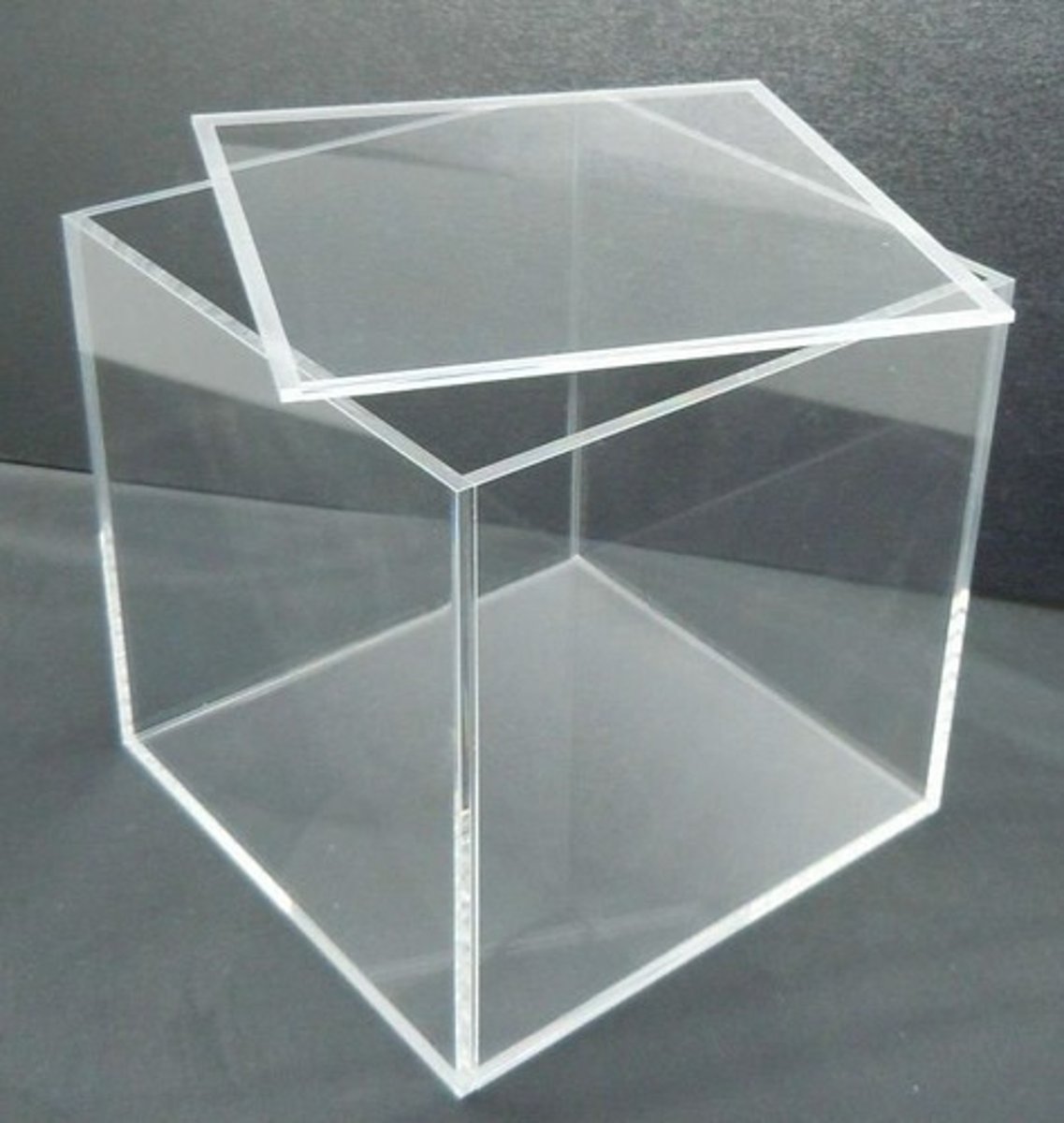
High Density Polyethylene (HDPE)
thermoplastic
most common plastic in everyday life.
'plastic' bottles, grocery bags, shampoo bottles and children's toys.
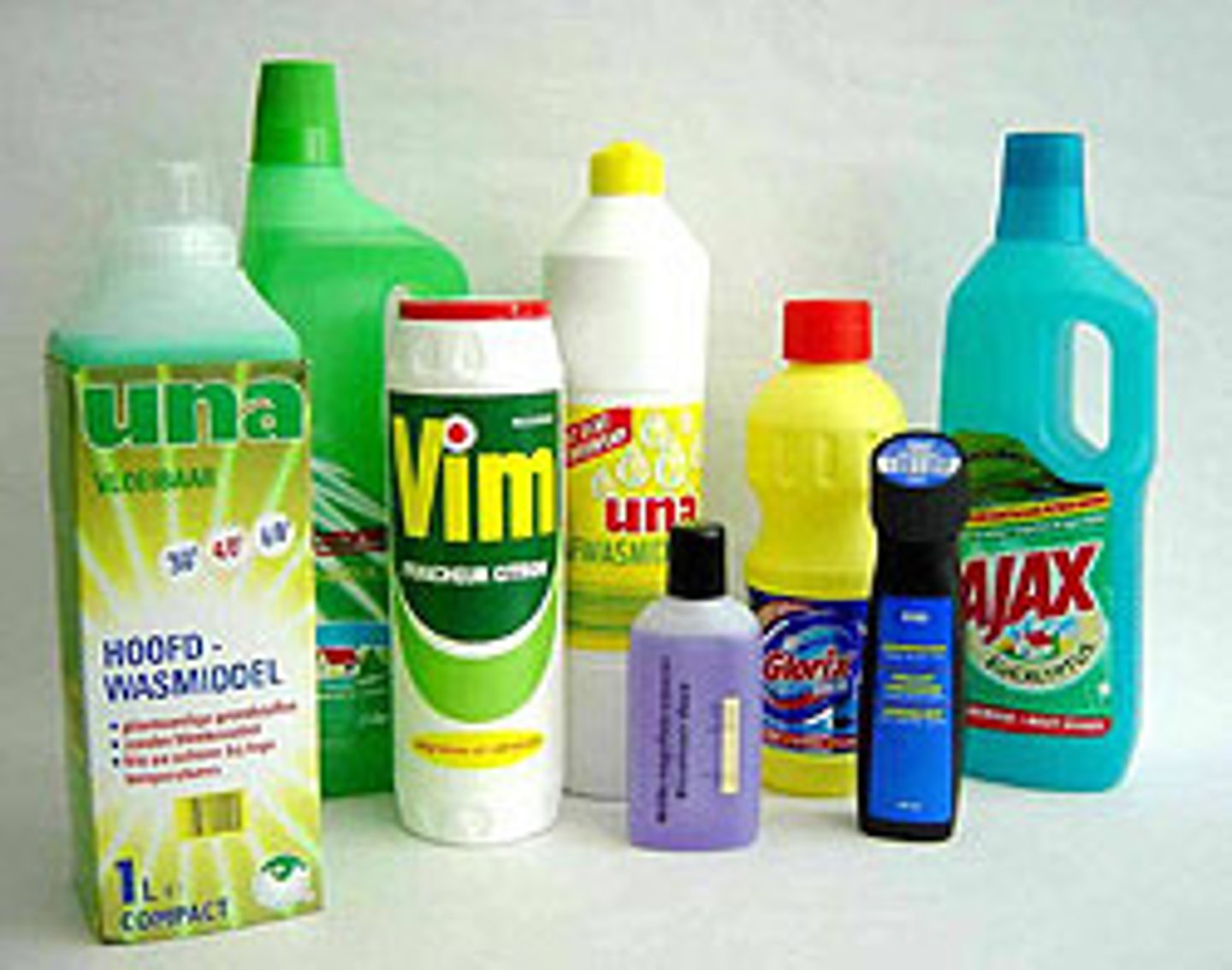
Polyethylene Terephthalate (PET)
thermoplastic
soft drink bottles
lightweight, usually transparent, available in a range of colours.
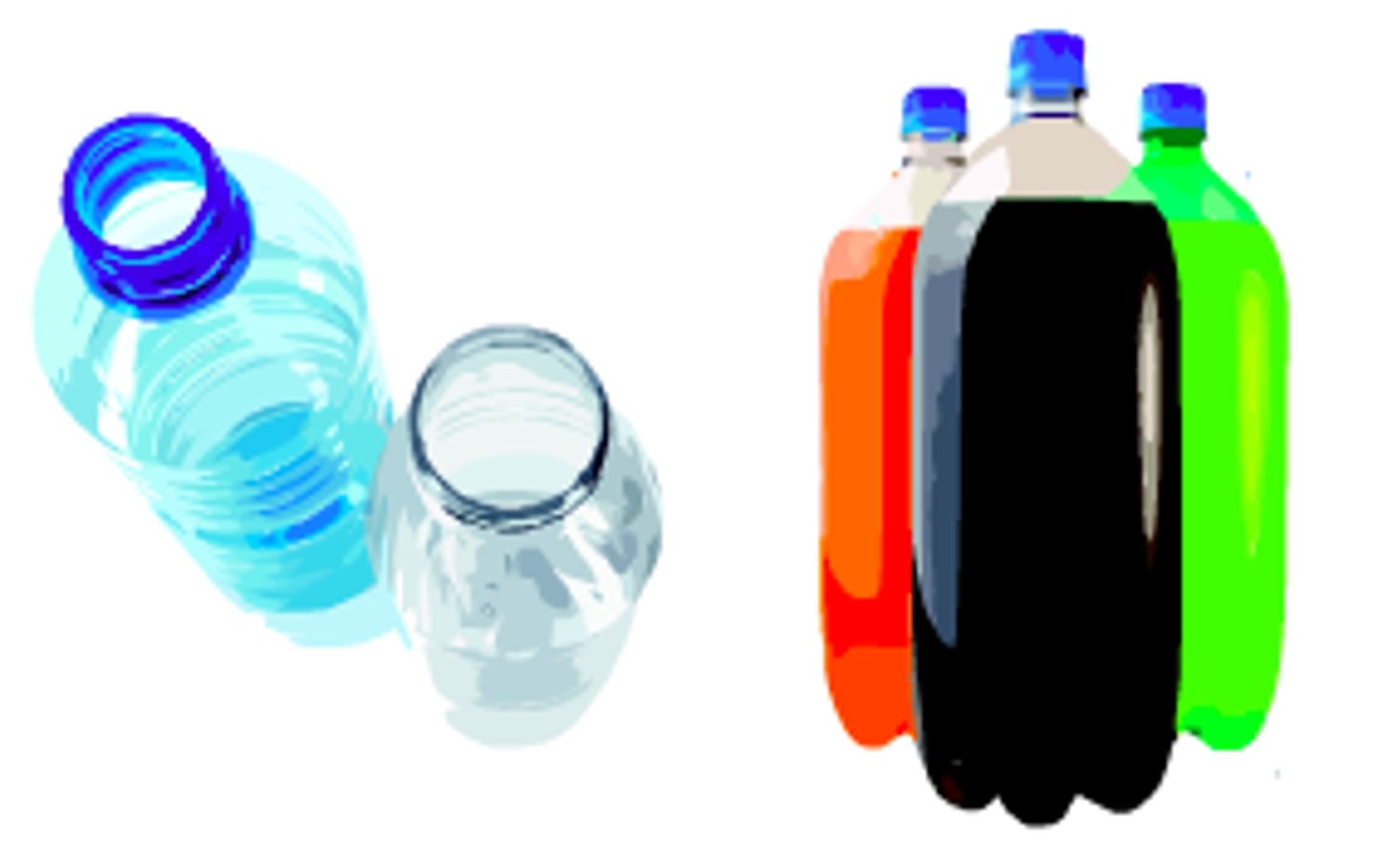
Low Density Polythene (LDPE)
thermoplastic
extrusion or blow moulding process.
It is durable and will last along time.
Often products such as soap dispensers are refilled which makes this plastic an excellent choice.
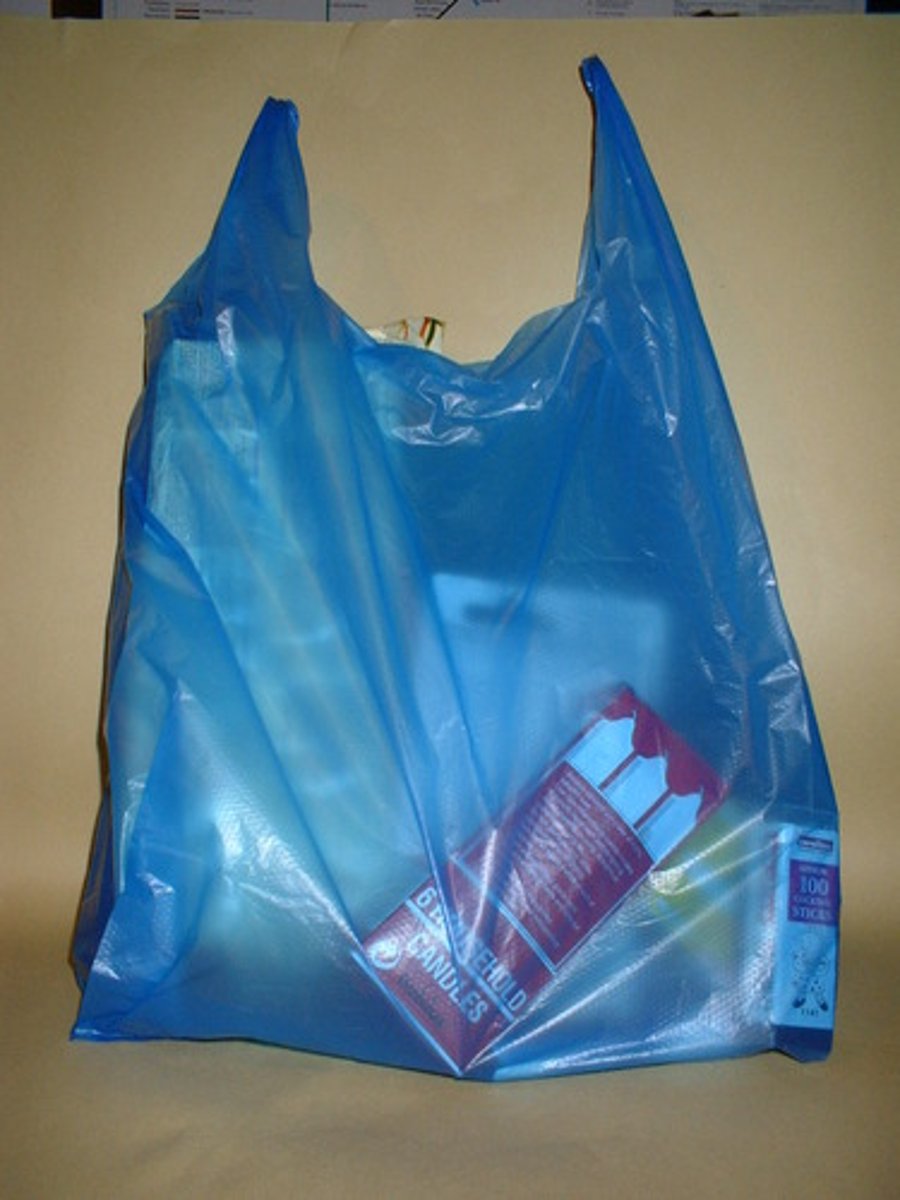
Polyvinyl Chloride (PVC)
thermoplastic
chemical resistance
water pipes, coating on electrical wires.

Acrylonitrile-butadiene-styrene (ABS)
thermoplastic
strong resistance to corrosive chemicals and physical impacts
low melting temperature
injection moulding manufacturing processes or 3D printing.
Used for keys on a computer keyboard, LEGO toys.

Polystyrene (PS)
thermoplastic
prototyping and food packaging.
It lasts a long time in the natural environment which poses a litter hazard as the material is typically thrown away after an extremely short lifespan.
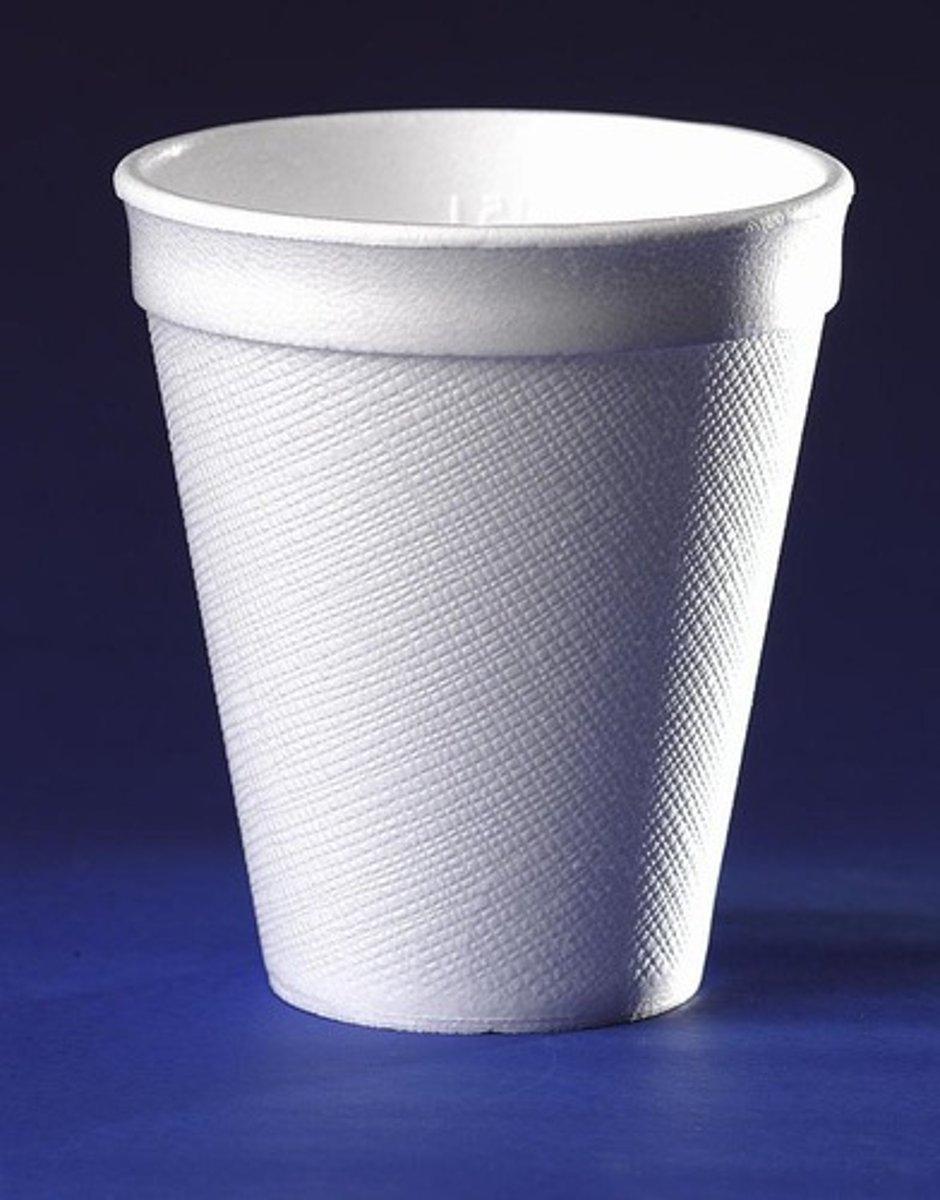
Polypropylene (PP)
thermoplastic
packaging and labelling, stationery, reusable containers of various types, laboratory equipment
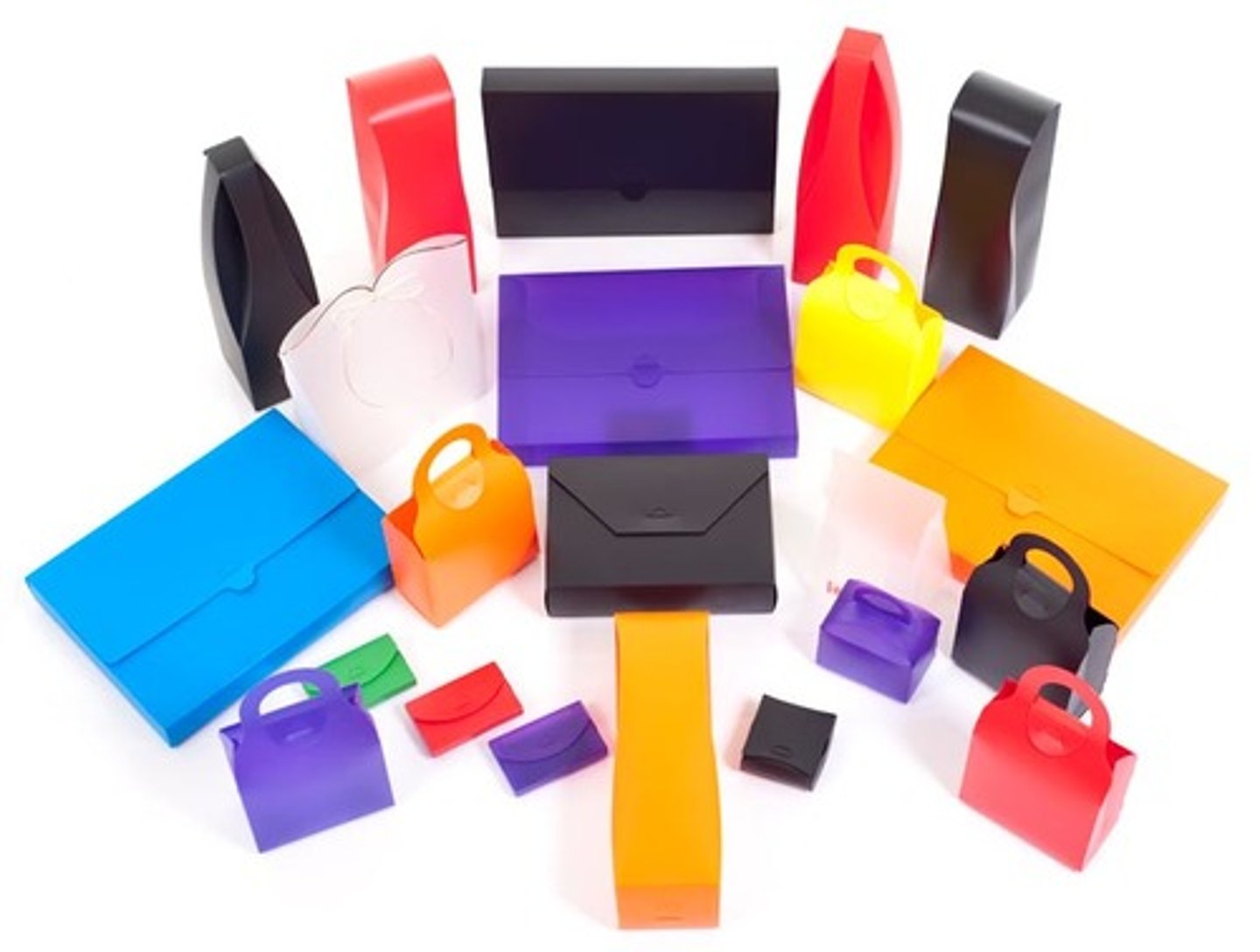
Nylon
A thermoplastic that is used in engineering to make gears and bearings. It's oily nature means that friction is reduced between moving parts.
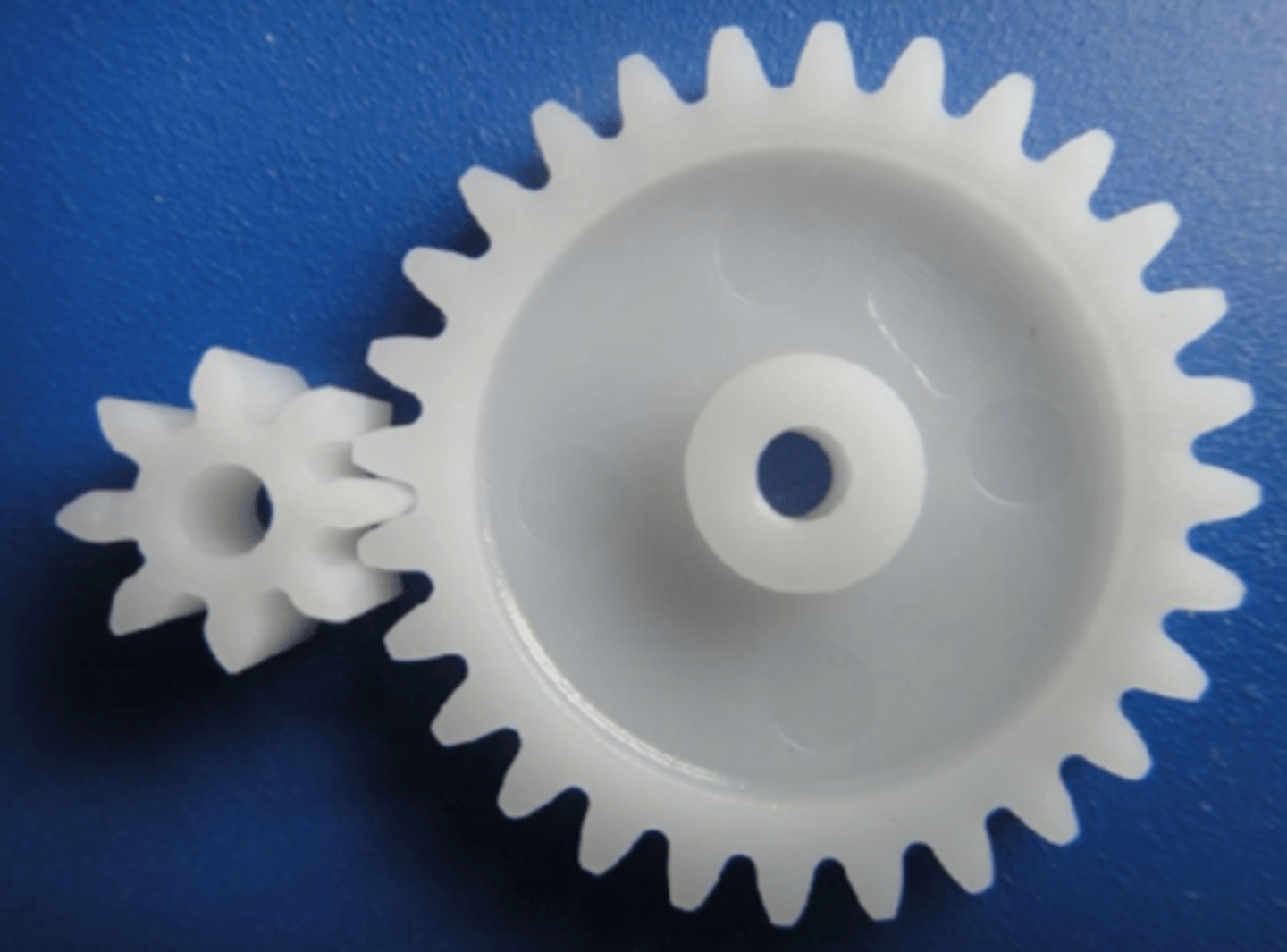
Polyester Resin
thermosetting plastic
can be combined with a material such as fibre glass to create a tough material that can resist impact
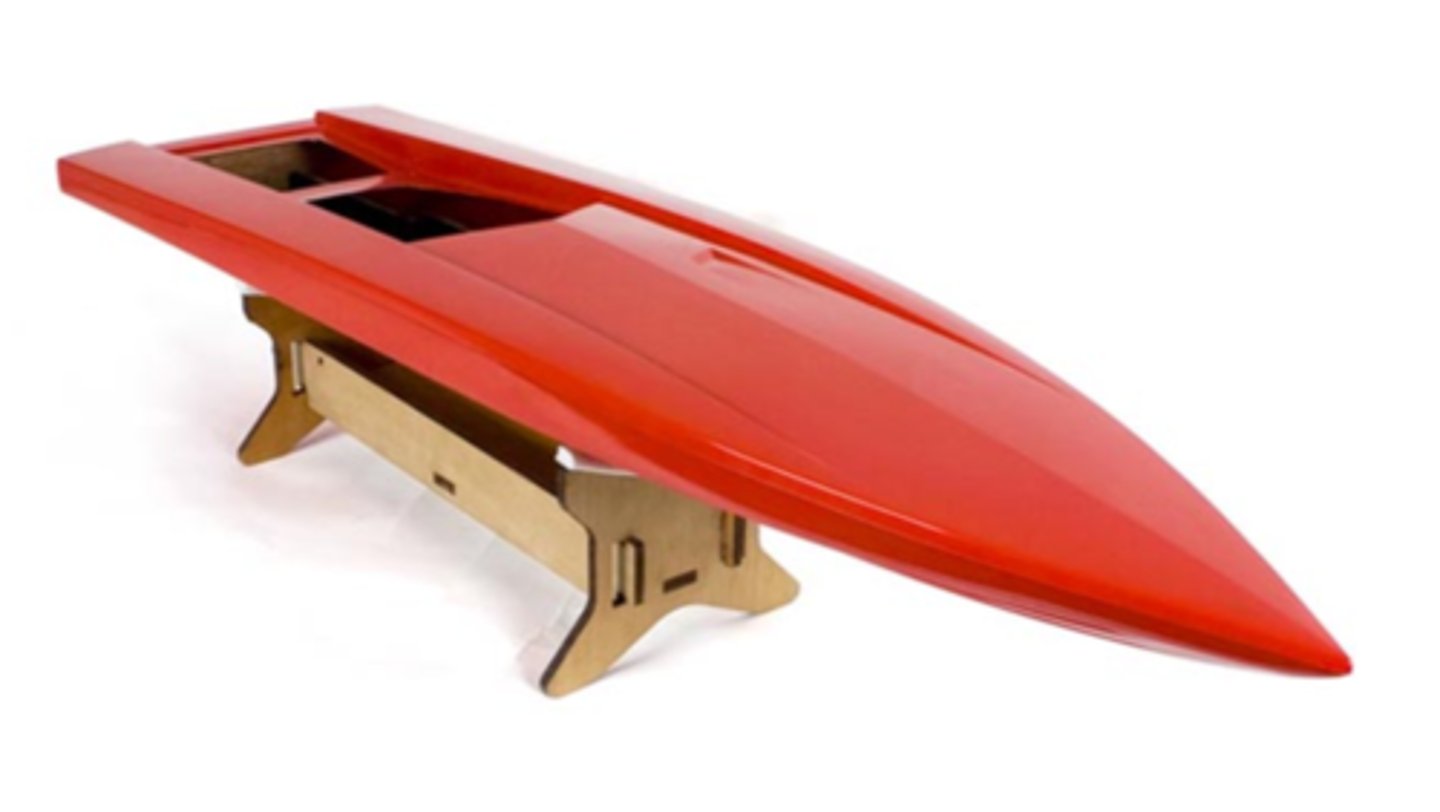
Urea Formaldehyde
thermosetting
electrical fittings
scratch resistant and a good electrical insulator
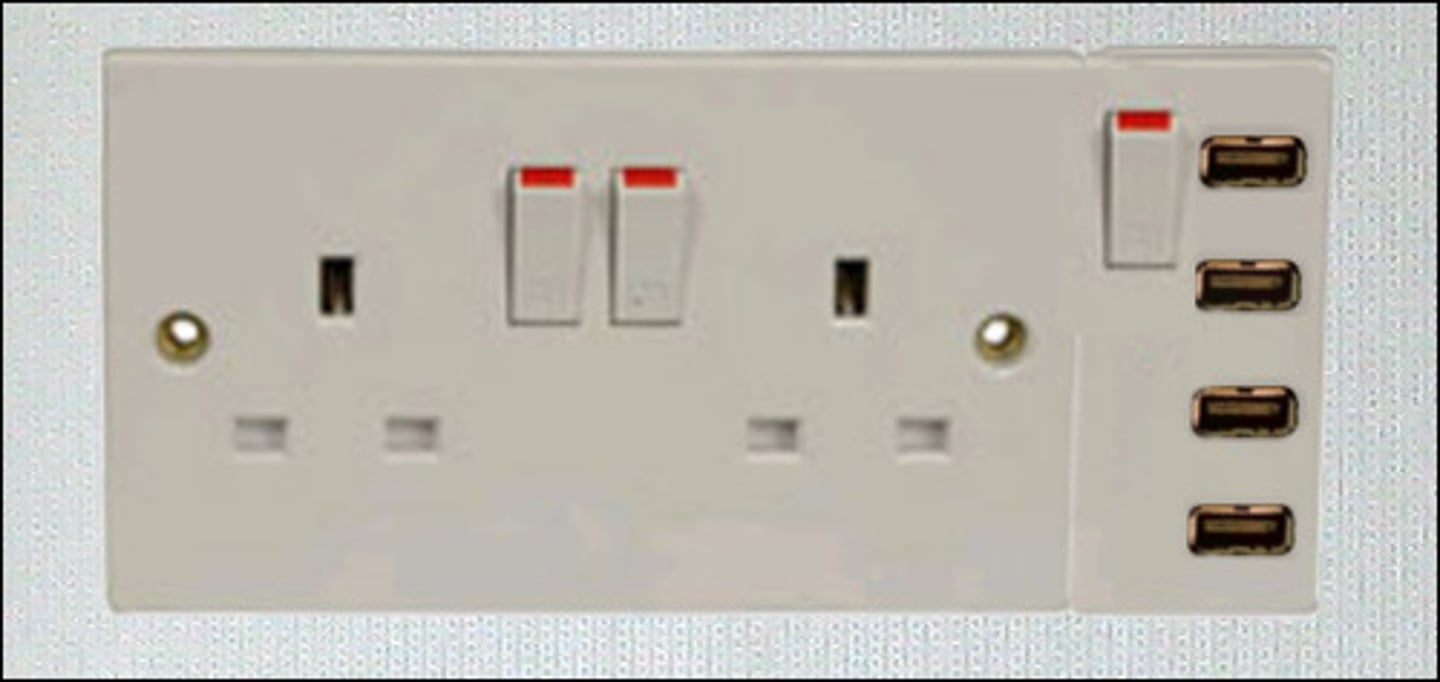
Epoxy Resin
thermosetting plastic
high adhesive strength
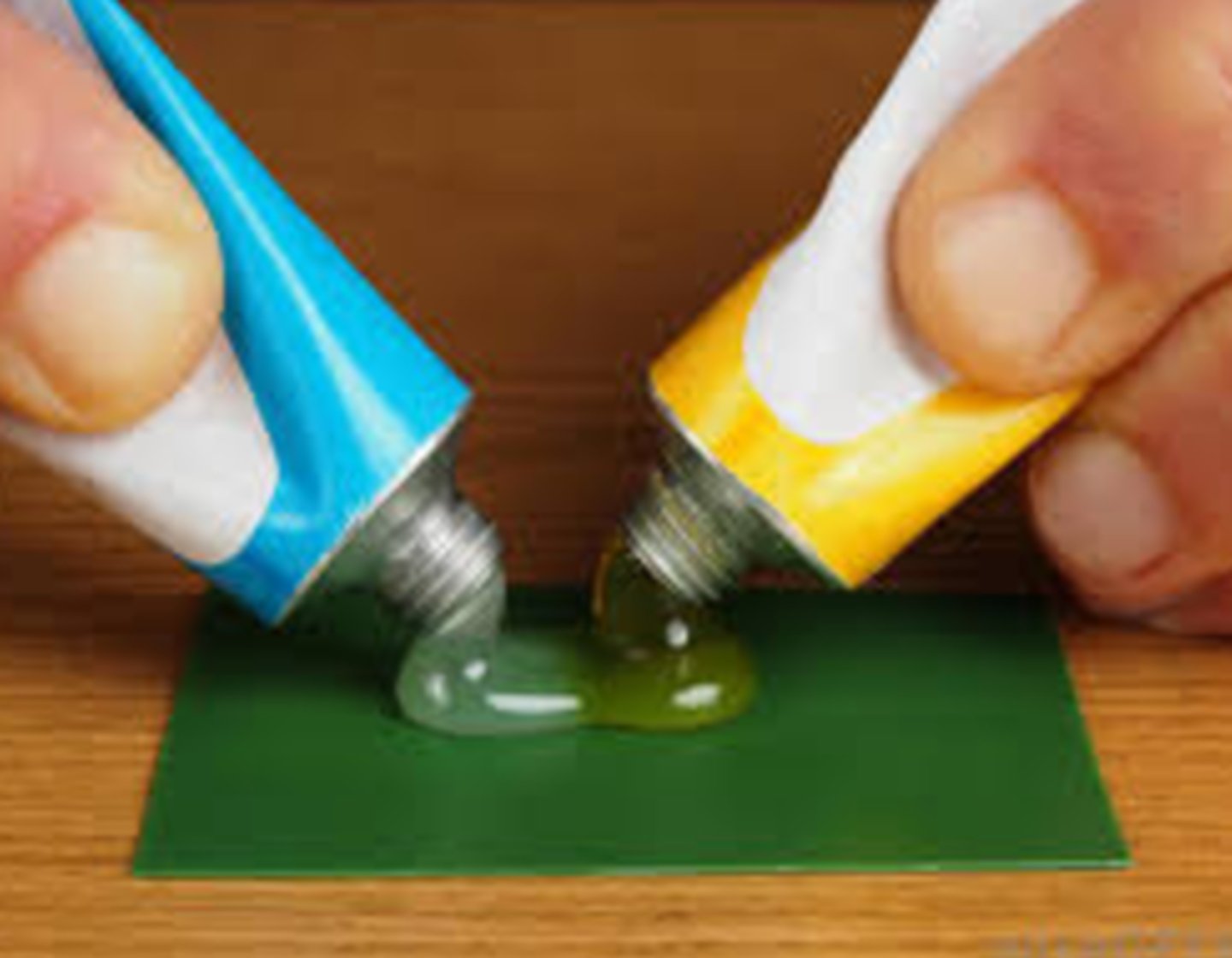
Melamine Formaldehyde
Thermosetting
plastic laminates, sockets and switches

Phenol Formaldehyde
thermosetting plastic
stiff, hard and resists some chemicals and stains.
pool balls adhesives.

PET bottles are made by:
Blow Moulding
Trays for chocolates are made by:
Vacuum forming

Plastic pipes and rails are made using which process?
Extrusion
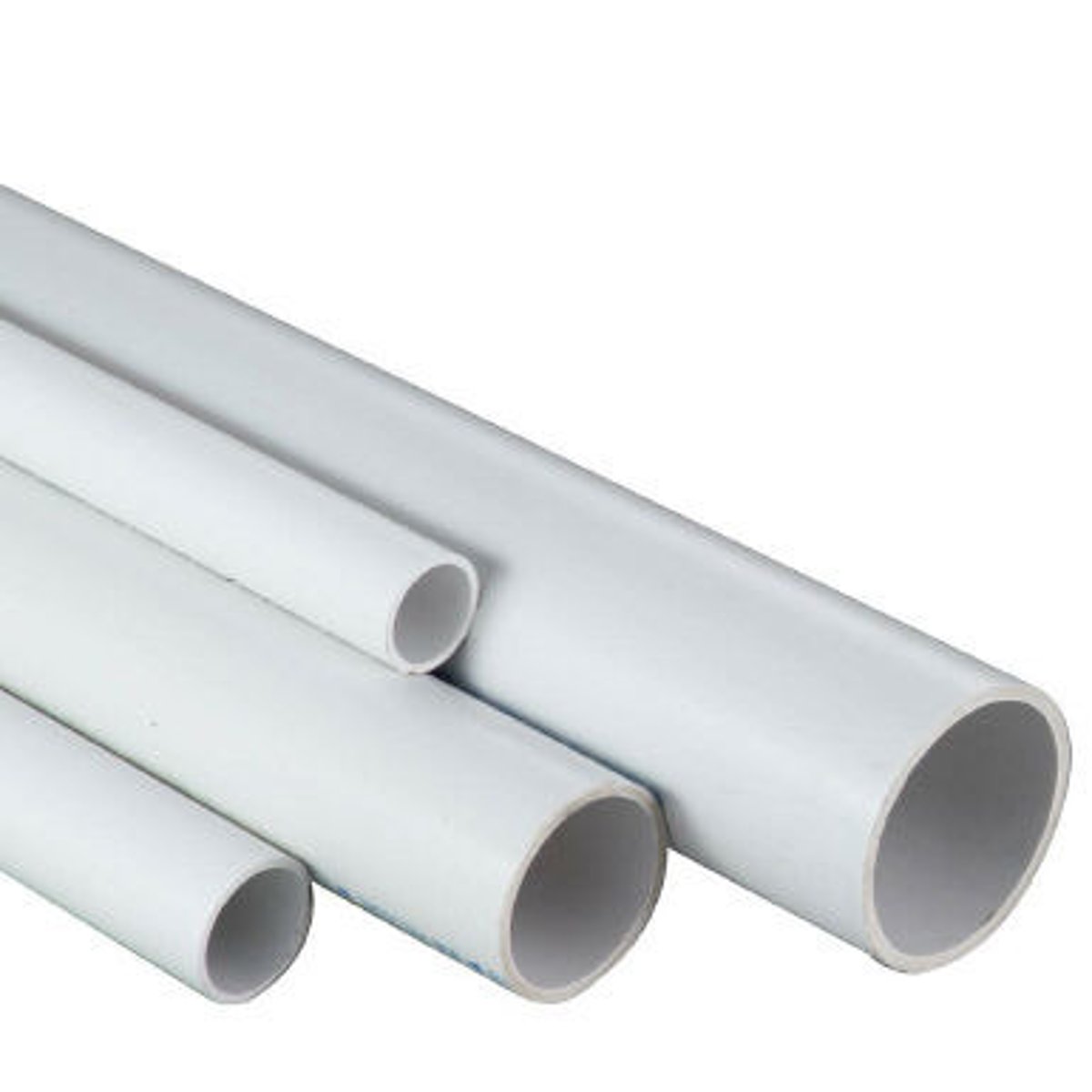
High volume products like buckets are manufactured by:
Injection moulding

Urea formaldehyde
Sockets and plugs
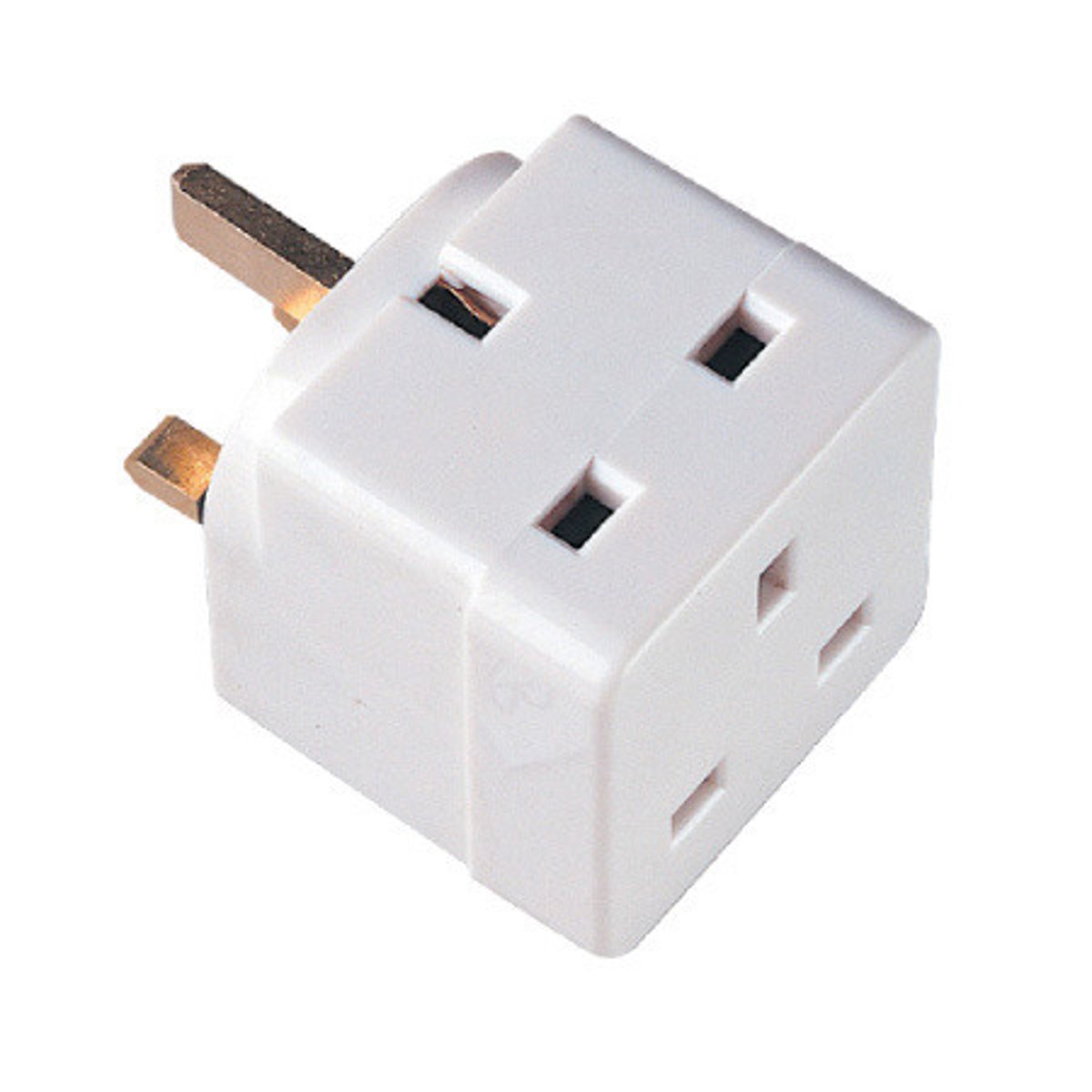
Gears are commonly made from
Nylon
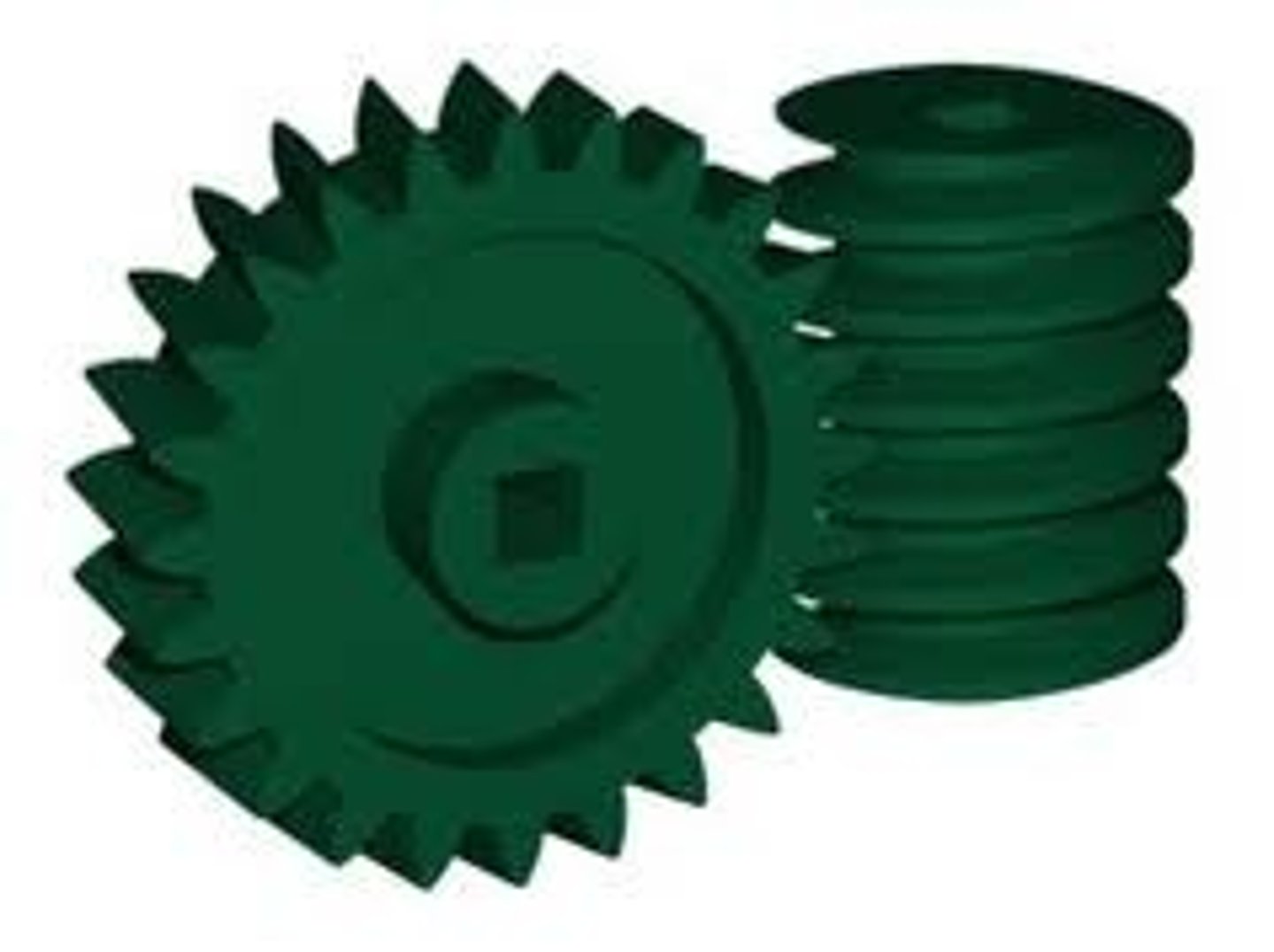
A former
Shape commonly made of wood which plastic is formed
